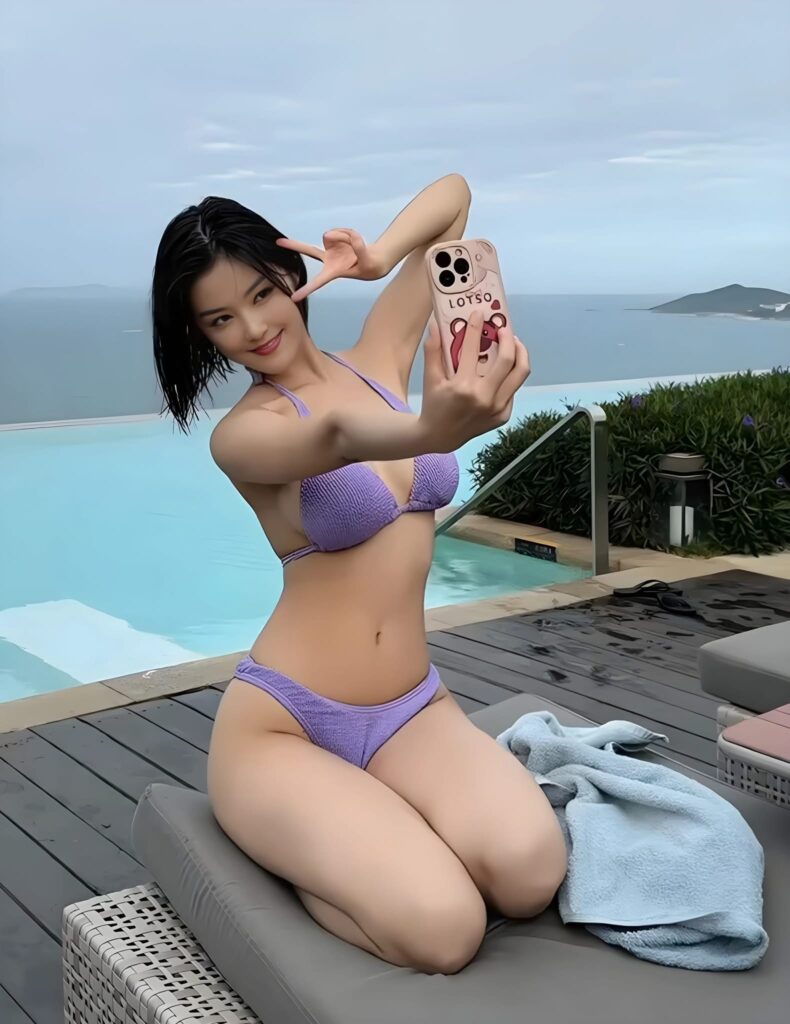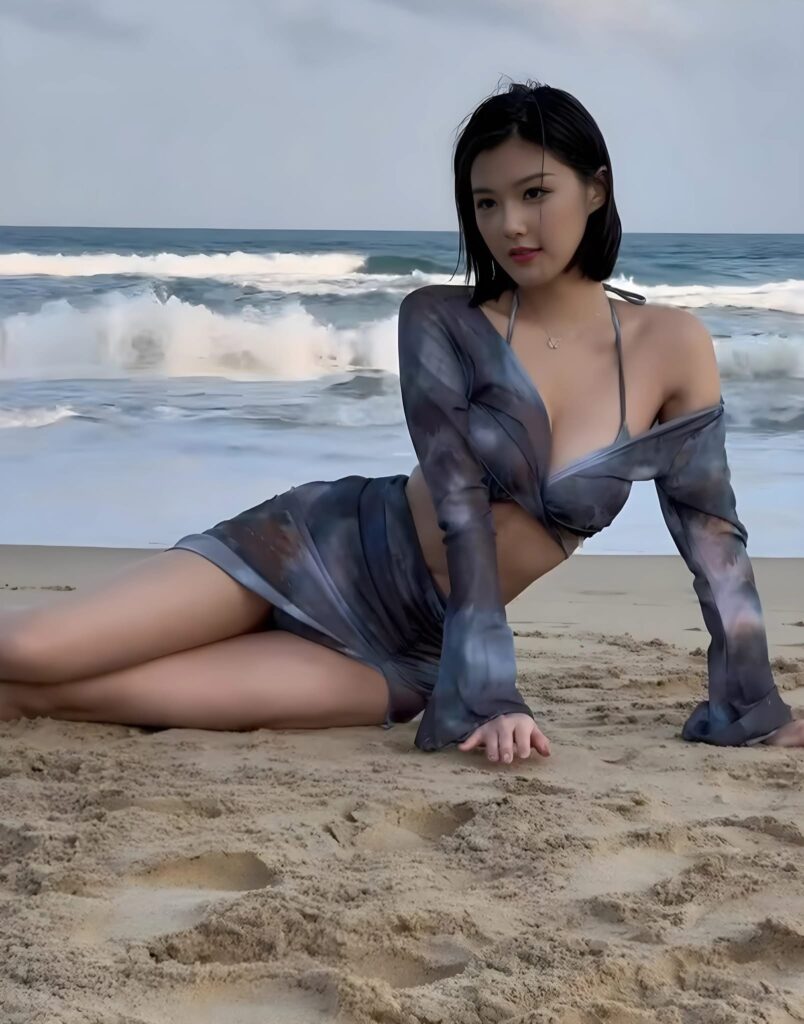Fashion has always been more than just clothing. It’s a statement, an identity, a reflection of culture, and often a form of personal and political expression. Around the globe, women shape and redefine fashion in diverse ways, blending tradition with innovation, and local aesthetics with global influences. In a world increasingly interconnected yet proudly individualistic, the definition of fashion is as varied and vibrant as the women who wear it.

The Cultural Fabric of Style
Each region of the world carries a unique sartorial heritage. From the vibrant saris of India to the minimalist chic of Scandinavian women, cultural identity deeply informs what women wear. In many parts of the world, traditional garments are not just relics of the past—they are integral to modern identity.

Take Japan, for instance. While Tokyo’s fashion scene is renowned for its avant-garde street style, traditional garments like the kimono still hold strong cultural significance. Contemporary designers often reinterpret these garments, fusing traditional fabrics and silhouettes with modern tailoring. Similarly, in Nigeria, the Ankara print is more than just fabric—it is a bold expression of identity. Women use this vibrant textile in both everyday wear and haute couture, showing how cultural pride and personal style intertwine.

In Latin America, fashion is often a colorful celebration of heritage. Indigenous textiles in countries like Peru and Guatemala are incorporated into modern designs. Women in these regions proudly wear clothing that showcases craftsmanship passed down through generations, blending past and present with stunning visual effect.

The Power of Influence: Global Trends, Local Twists
The rise of social media and fast fashion has brought global trends to every corner of the world. However, instead of homogenizing style, this accessibility has encouraged unique interpretations. Women now have more tools than ever to remix international styles with local flavor.

For example, the “modest fashion” movement—a trend towards more conservative, body-covering styles—has gained traction globally, particularly among Muslim women. Designers from the Middle East, like Dubai’s Huda Al Nuaimi and Indonesia’s Anniesa Hasibuan, have brought luxury modest wear to the global fashion stage, proving that elegance and faith can coexist beautifully.

In Europe, Paris remains a capital of timeless chic, with women embracing effortless elegance—tailored blazers, silk scarves, and minimalist palettes dominate the streets. Meanwhile, across the Channel, London offers a more eclectic approach. British women are known for their fearless layering, playful prints, and fusion of vintage with modern. Even within close geographic proximity, style becomes a mirror of cultural nuance.

Street Style as Self-Expression
Street style has become a global phenomenon, and it’s often women on the streets—not in the magazines—who set the tone for fashion’s future. In South Korea, fashion-savvy women lead with experimental style, blending high fashion with everyday wear in Seoul’s Gangnam district. South Korea’s K-fashion movement has become a major cultural export, with women embracing both youthful, playful trends and tailored sophistication.

Meanwhile, in Africa, cities like Nairobi, Johannesburg, and Accra are home to a new wave of fashion-forward women who are redefining what it means to be stylish. Afro-futurism, bold prints, and handcrafted accessories dominate these scenes. Many women are turning to local designers, supporting sustainable, ethical fashion while expressing a powerful sense of identity.

In the United States, street style varies wildly from coast to coast. In New York, you’ll find polished, high-low ensembles that reflect the city’s fast-paced energy. In Los Angeles, casual-cool reigns, with women favoring relaxed silhouettes, athleisure, and vintage denim. Across the country, fashion serves as a tool for storytelling—reflecting ambitions, mood, values, and beliefs.

Fashion as Resistance and Empowerment
For many women, fashion is more than an aesthetic choice—it’s a statement of empowerment, protest, or resistance. The “pussyhat” movement during the 2017 Women’s March in the U.S. demonstrated how a simple knit cap could become a powerful political symbol. Across the world, similar moments have occurred where fashion became a medium of resistance.

In Iran, women have protested the compulsory hijab laws by adopting styles that push the boundaries of the dress code—colorful headscarves, bold lipstick, and carefully curated layers speak volumes. In Sudan, during the 2019 revolution, images of women in traditional white thobes became symbols of strength and resistance.

In India, fashion activists are promoting handwoven fabrics to resist fast fashion and revive the country’s rich textile heritage. Wearing a khadi (handspun cotton) saree is not just a style choice—it’s a political act linked to the country’s independence movement and a stance against globalized, exploitative fashion systems.

The Rise of Fashion Influencers
In the digital age, women are not just consumers of fashion—they’re creators and curators of it. Influencers around the world have democratized fashion, showing that style is no longer the domain of the elite. Women from diverse backgrounds now have platforms to share their voices and aesthetics with global audiences.

In Brazil, fashion influencer Camila Coelho blends luxury fashion with her Brazilian roots, showcasing vibrant colors and beach-ready looks. In Kenya, Silvia Njoki uses her platform to highlight African designers and sustainable fashion. From Scandinavia’s minimalist muses to India’s bohemian influencers, the global fashion conversation has never been more inclusive.

These digital tastemakers are challenging narrow beauty standards, promoting body positivity, and encouraging followers to embrace authenticity. Fashion is no longer just about following trends—it’s about defining your own.

Sustainable Style: Fashion With a Conscience
Around the world, women are increasingly prioritizing sustainability in their fashion choices. Whether it’s buying less, thrifting, or supporting ethical brands, there’s a growing recognition that fashion and responsibility must go hand in hand.

In Scandinavia, women lead the charge in sustainable fashion. Brands like Sweden’s Filippa K and Denmark’s Ganni reflect a minimalist, ethical approach. Consumers in these regions are well-informed and demand transparency from the brands they support.

In contrast, women in countries with burgeoning fashion industries—such as Ghana, Mexico, and the Philippines—are promoting local craftsmanship and circular fashion economies. Slow fashion is gaining traction as women rediscover the value of well-made, long-lasting garments. Handmade embroidery, natural dyes, and traditional techniques are celebrated anew.

Generational Shifts in Style
Fashion is also a dialogue between generations. Older women often carry the torch of traditional fashion, wearing clothing that reflects historical values and customs. At the same time, younger generations are reshaping these traditions to suit their modern lifestyles.

In China, the revival of Hanfu—a traditional Chinese garment—is gaining popularity among younger women who wear it to festivals, photoshoots, and even daily life. In Nigeria, Gen Z women are reinterpreting gele (headwraps) and traditional gowns with contemporary flair. Around the globe, millennials and Gen Z are not discarding tradition—they are reviving and remixing it with pride.

Conclusion: Fashion is a Global Language with Local Accents
From the intricate embroidery of Eastern Europe to the bold elegance of Middle Eastern fashionistas, from the street style queens of Seoul to the empowered dressers of Latin America, women around the world define fashion in countless beautiful ways. What unites them is not a specific look or trend, but a shared understanding that fashion is personal, cultural, and powerful.

As globalization continues, we will see even more cross-cultural pollination—Moroccan patterns influencing Paris runways, K-pop aesthetics shaping London fashion weeks, and African prints featured in Tokyo boutiques. Yet, amid all this exchange, the local essence remains strong.

Fashion will always evolve, but it will never lose its roots. And in every corner of the world, women will continue to lead this evolution—not just as models or muses, but as makers, storytellers, and visionaries.



